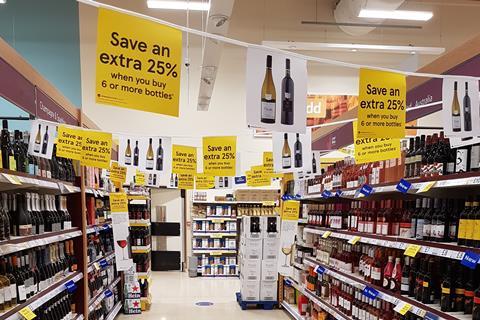
Price promotions have always been a staple of brands’ and retailers’ strategies to get shoppers through the door and spending more. As a nation, we love getting a deal on our shopping – particularly when it comes to our groceries.
But the price promotion is waning. According to recent Nielsen data, every fifth fmcg product was sold with a discount in 2020. This may sound like a high proportion of sales, but if you look back a bit further to 2016, over 50% of fmcg products were sold on promotion.
Professionally, I am glad to see this number has reduced and is looking like it will decline further, as more and more retailers are adopting everyday low pricing (EDLP) strategies. Price promotions are notoriously short-term strategies to drive a quick sales spike, to the detriment of long-term brand growth and shopper commitment.
Don’t get me wrong – as a shopper myself, I love bagging a bargain on my groceries as much as the next person, and find myself spending more as a result. So, whilst I firmly believe price promotions still have a role to play in both retailers’ and brands’ strategies, something needs to change to continue to get me through the door and spending more. I’ll explain why.
During the 2016 promotion high, multibuy promotions were all the rage. That was until Sainsbury’s took the decision to stop running multibuy promotions like BOGOF. Whilst the decision to remove these promotions was part EDLP strategy and part to help shoppers reduce their food waste, I believe there was a third and unspoken part: they delivered a bad shopper experience. If you timed your shop right you got your two products for the price of one, but a lot of people found the shelf with only one product or none at all.
A more recent example of price promotions delivering a bad shopper experience is the much-loved buy six-plus bottles of wine and get 25% off. The problem with this arises when the products within this offer are further discounted, which means a double discount for shoppers. A great deal if you ask any shopper, especially if you are buying from the more premium end of the category. But only if you can find availability.
Which brings me to my point: retailers know who their most valuable customers are and what promotions trigger them to spend more. Why then do they not work with brands to create targeted promotional offers on the products they know will get shoppers through the door and spending more? This will not work for every brand and promotion out there, but for the right ones where the discount is meaningful, it will provide a much smarter way to discount and trigger high-value customers to not only spend more but hopefully spend more often. It’s a win for everyone involved.
For the brands (who will be running promotions anyway), they deliver what seems like a personal offer to the shopper, driving a rate of sale increase and building further long-term brand commitment. For retailers, they can trigger a shop, generate the desired increase in basket spend and manage their availability levels better. And most importantly for the shopper, they not only get a fantastic deal but a better overall shopping experience. One I know will keep me coming back.







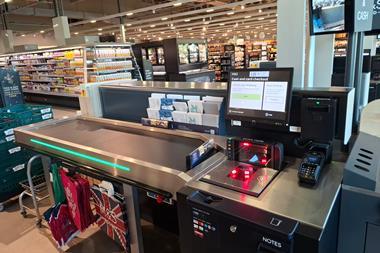
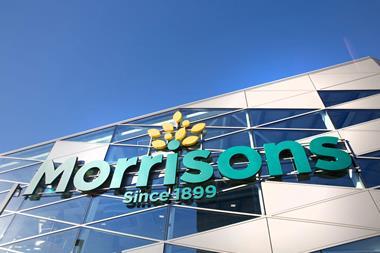


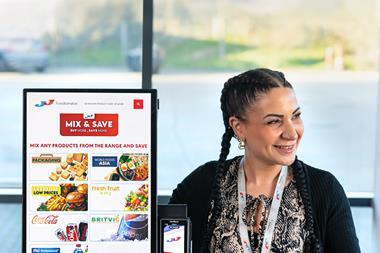


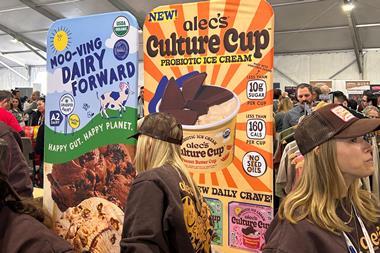
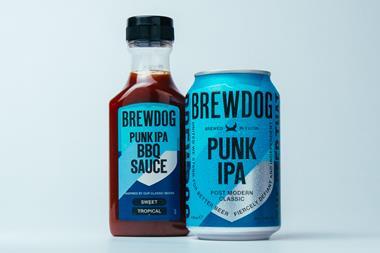

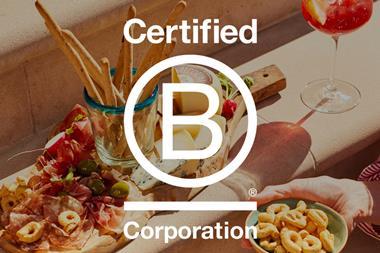

No comments yet